SUMMARY
This is AI generated summarization, which may have errors. For context, always refer to the full article.
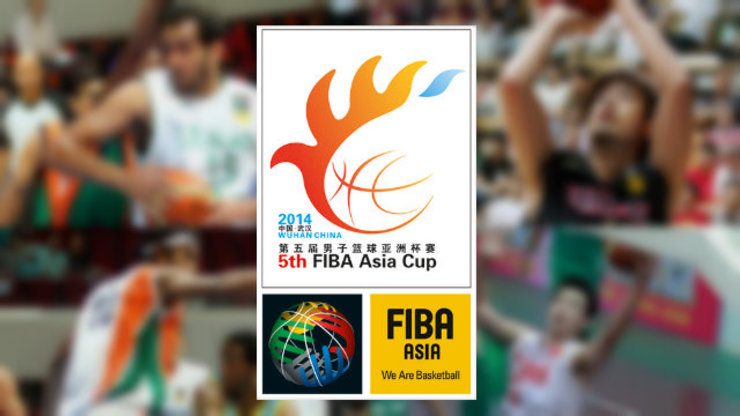
MANILA, Philippines – In about a week’s time, the curtains will open on the 2014 FIBA Asia Cup, which will be held in Wuhan, China – the site of the 2011 FIBA Asia Men’s Championships.
Ten teams are participating in this edition of what was formerly called the FIBA Asia Stankovic Cup. This tourney happens every two years, with the latest one held in Tokyo in 2012. Iran won in 2012 defeating the host nation, 53-51, in the Finals.
Iran went through the whole field unscathed, beating India, Qatar, Taiwan, and Japan in the group stage, then upending Uzbekistan and the Philippines in the knockout rounds before repeating over Japan in the Championship Game.
Despite not having former NBA big man Hamed Haddadi in its lineup, Team Melli was still, by far, the strongest team in the field. They leaned on the ever-improving Asghar Kardoust and veteran wingmen Hamed Afagh and Samad Nikkhah Bahrami, all of whom were named to the tournament’s All-Star Team. Japan’s Ryota Sakurai and Kosuke Takeuchi were the other guys who completed the All-Star quintet.
For this year’s FIBA Asia Cup, the Iranians will encounter even stiffer competition as the Chinese, wanting to redeem themselves after a dismal showing in the 2013 FIBA Asia Championships, are bent on pulling out all the stops to win.
The Japanese have also appointed a new coach to lead the squad after missing the quarterfinals in Manila, while the other teams like Jordan and the World-Cup-bound Philippines remain dangerous threats.
In this first of a four-part preview, we’ll take a look at the teams from Group A: China, India, Indonesia, Iran, and Japan.
| Number | First Name | Last Name | Birthday | Height | Weight | Position |
|---|---|---|---|---|---|---|
| 4 | Jiwei | Zhao | 25/08/1995 | 6’1 | 80 | G |
| 5 | Zirui | Wang | 28/03/1993 | 6’2 | 80 | G |
| 6 | Fei | Cao | 04/05/1991 | 6’4 | 80 | G |
| 7 | Jiangpeng | Duang | 11/09/1990 | 6’6 | 98 | F |
| 8 | Zhongmian | He | 16/03/1991 | 6’7 | 85 | F |
| 9 | Quan | Gu | 02/04/1992 | 6’7 | 90 | F |
| 10 | Makan | Kelanbaike | 27/09/1992 | 6’6 | 93 | F |
| 11 | Shang | Gao | 10/08/1994 | 6’7 | 96 | F |
| 12 | Hanlin | Dong | 15/02/1991 | 6’10 | 98 | F |
| 13 | Hanlin | Tao | 04/06/1991 | 6’10 | 115 | C |
| 14 | Dayu | Zhang | 18/01/1991 | 7’0 | 100 | C |
| 15 | Xi | Zhou | 16/01/1996 | 7’2 | 95 | C |
The Chinese have several things going for them: homecourt advantage, size, and a new coach. As mentioned above, it has been quite well-known among FIBA Asia circles that the Chinese are most dangerous when playing at home.
A good example is their recent series of tune-ups with the Aussies. The Boomers won the first two games held in Australia (97-95 OT victory in Game One and 85-64 shellacking in Game Two), but the Chinese rebounded in the next two games, which were held in Jiangsu province, winning 95-80 in Game Three and 95-90 in Game Four.
In their wins, China leaned on their young guns, with Guo Ailun, Gu Quan, Sun Tonglin, and Ding Yanyuhang impressing. Of those four, however, only Gu Quan will be donning the bright red for the home squad in the 2014 FIBA Asia Cup. Gu will be one of the team’s starting forwards and one of their deadliest threats from long range (he made 41% of his threes in the 2013-2014 CBA season for the Dongguan Leopards).
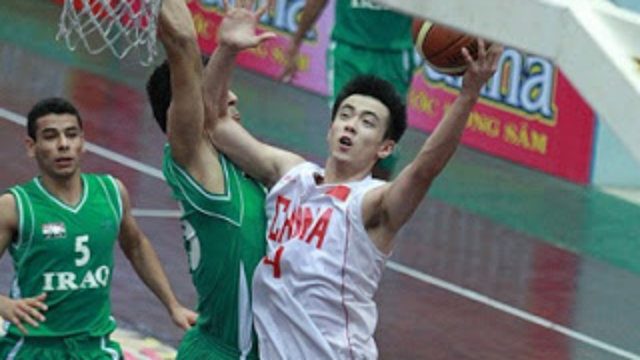
Zhao Jiwei, who plays for the Liaoning Hunters and who has played in the U17 and U19 FIBA World Championships, should be the team’s #1 playmaker, while Liaoning teammate Zhou Qi will be the main man in the middle. Zhou, who stands 7’2, is an 18-year old phenom who has already attracted some NBA attention. He might be China’s next NBA export in a few years. At 24, Duan Jiangpeng of Shanxi will be the elder stateman of this team. They will look to him for leadership and for production at the off-guard position.
Only three guys on this current roster played for China in the 2012 FIBA Asia Cup — Duan, Cao Fei, and Wang Zirui.
| Number | First Name | Last Name | Birthday | Height | Weight | Position |
|---|---|---|---|---|---|---|
| 4 | Joginder | Singh | 27/05/1988 | 5’10 | 75 | G |
| 5 | Narender | Grewal | 25/06/1988 | 6’1 | 85 | G/F |
| 6 | Akilan | Pari | 20/07/1989 | 5’11 | 70 | PG |
| 7 | Prakash | Mishra | 08/05/1982 | 6’0 | 70 | G |
| 8 | Pratham | Singh | 10/01/1991 | 6’3 | 82 | G/F |
| 9 | Vishesh | Bhriguvanshi | 13/09/1991 | 6’4 | 98 | G/F |
| 10 | Amritpal | Singh | 05/01/1991 | 6’10 | 110 | C |
| 11 | Prasanna | Sivakumar | 25/09/1992 | 6’1 | 79 | G/F |
| 12 | Palpreet | Brar | 03/01/1994 | 6’9 | 112 | F/C |
| 13 | Amjyot | Singh | 27/01/1992 | 6’8 | 104 | F |
| 14 | Yadwinder | Singh | 30/12/1986 | 6’5 | 90 | F |
| 15 | Rikin | Pethani | 02/12/1990 | 6’8 | 102 | C |
The Indians are bound to be on the rise in Asian hoops, and this writer is definitely picking them to advance to the quarterfinals in this tournament. Scott Flemming returns to action after leading India to a sweep of the 2014 SABA tournament and after impressing in the 2013 FIBA Asia Championships. This isn’t a legitimate title contending team, but don’t be surprised if they can spring an upset or two.
Many of the main players from India’s team that played in Manila are back in tow, led by the towering trio of Rikin Pethani (6’8″), Amjyot Singh (6’8″), and Amritpal Singh (6’10″). That trio might as well comprise India’s main frontline, which also includes 20 year old phenom Palpreet Brar, who’s the best kid coming out of India’s youth program.
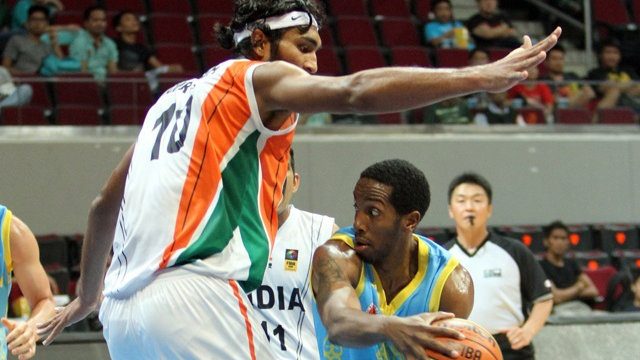
Out in the backcourt, look for old reliables like Vishesh Bhriguvanshi, Narender Grewal, and Joginder Singh to orchestrate the offense and shoot from long range. These SABA champs probably won’t finish in the top four, but look for them to provide stretches of stiff challenge.
| Number | First Name | Last Name | Birthday | Height | Weight | Position |
|---|---|---|---|---|---|---|
| 4 | Prastawa | Andakara | 16/08/1992 | 5’9 | 70 | PG |
| 5 | Oki Wira | Sanjaya | 16/11/1989 | 6’3 | 85 | SG |
| 6 | Pringgo | Regowo | 27/06/1987 | 6’3 | 92 | PF |
| 7 | Dirk | Gerungan | 20/05/1987 | 5’11 | 76 | PG |
| 8 | Xaverius | Prawiro | 30/12/1986 | 6’0 | 80 | SG |
| 9 | Muhamad | Irman | 12/12/1991 | 6’2 | 86 | PF |
| 10 | Rizky | Effendi | 02/08/1988 | 6’1 | 90 | SF |
| 11 | Ferdinand | Damanik | 15/04/1988 | 6’5 | 100 | C |
| 12 | Fandi | Ramadhani | 20/05/1985 | 6’1 | 85 | SF |
| 13 | Ebrahim | Enguio* | 31/01/1988 | 6’0 | 80 | SG |
| 14 | Wahyu | Jati | 15/07/1977 | 6’3 | 92 | PF |
| 15 | Handri | Santosa | 03/11/1992 | 6’0 | 76 | SG |
If the names on the roster are not familiar, that’s because most of the guys comprising this year’s Indonesian National Team form the core of the M88 Aspac Jakarta team in Indonesia’s top league. The players who have made up Indonesia’s National Team in the past usually come from the Satria Muda Britama team, but since they’re participating in the 2014 ABL season, it seems like Perbasi (the Indon Basketball Association) resorted to just using players from the country’s second-best ballclub.
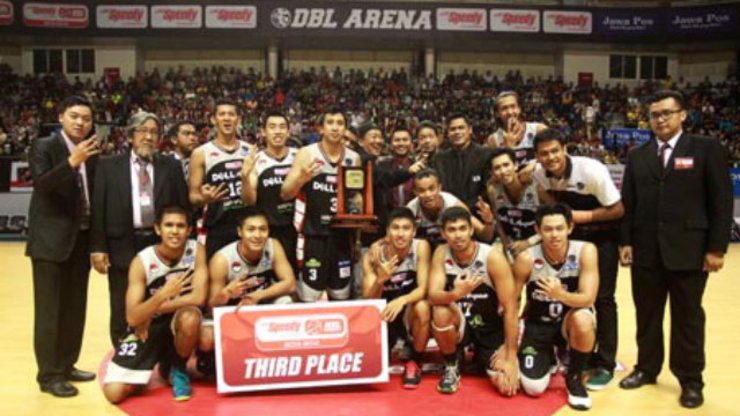
Needless to say, there isn’t a lot to expect from this team, and they will probably fall to fifth and last place. They went 1-1 in the 2014 SEABA Cup, losing to Singapore, 62-72, in their first game before beating Malaysia, 72-58, in their second match. One guy to watch, however, is Filipino-Indonesian Ebrahim “Biboy” Enguio Lopez, who played for the UE Red Warriors in the UAAP before moving to Indonesia to play for Aspac.
The guys to watch here are wingmen Enguio and and veteran Xaverius Prawiro as well as playmaker Prastawa Andakara. Andakara is just 21, but he already led Aspac in scoring this season with 14.8 points per game on top of 4 rebounds, 4 assists, and 2 steals per outing. As a trio, Enguio, Prawiro, and Andakara scored around 40 markers per game for Aspac and hit, on average, 4 threes per match. 6-foot-3 Pringgo Regowo will anchor the paint for coach Rastafari Horongbaia along with another UAAP alum, 6-foot-5 Ferdinand Damanik.
| Number | First Name | Last Name | Birthday | Height | Weight | Position |
|---|---|---|---|---|---|---|
| 4 | Rouzbeh | Arghavan | 18/05/1988 |
7’1 | 110 | C |
| 5 | Aren | Davoudichegani | 12/07/1986 | 6’1 | 80 | PG |
| 6 | Saman | Veisi | 07/08/1982 | 6’7 | 91 | SG |
| 7 | Arman | Zangeneh | 15/06/1993 |
6’7 | 90 | PF |
| 8 | MohammadReza | Akbari Bisheh | 20/09/1986 |
6’5 | 90 | PF |
| 9 | Yonas | Lalehzadeh | 28/01/1989 | 6’6 | 95 | SG |
| 10 | Behnam | Yakhchalidehkordi | 07/12/1995 | 6’6 | 91 | SG |
| 11 | Oshin | Sahakian | 21/03/1986 | 6’7 | 91 | PF |
| 12 | Asghar | Kardoust Poustinsaraei | 21/03/1986 | 6’11 | 122 | C |
| 13 | Mohammad | Jamshidi Jafarabadi | 30/07/1991 | 6’7 | 86 | SF |
| 14 | Arsalan | Kazemi Naeini | 22/04/1990 | 6’7 | 85 | SF |
| 15 | Hamed | E Hadadi | 19/05/1985 | 7’2 | 115 | C |
There is no doubt that Iran will be the favorites to win it all in Wuhan, even if Team Melli is missing guys like Samad Nikkhah Bahrami, Hamed Afagh, and Mahdi Kamrani. They, after all, still have veterans who played in Manila last year — Hamed Haddadi, Mohammad Jamshidi, Asghar Kardoust, Oshin Sahakian, Rouzbeh Arghavan, and Aren Davoudi.
Perhaps the most interesting players, however, are two new additions — Behnam Yakhchali and the returning Arsalan Kazemi. Yakhchali was Iran’s star in the 2013 FIBA U19 Tournament, averaging about 11 points and making more than one three per game. Kazemi, of course, needs no introduction. The 2013 NBA draft pick played for 2013-2014 Iranian Superleague Champion Petrochimi, norming around 13 points and 11 rebounds. There’s a good chance he will come off the bench to spell Oshin Sahakian and lead coach Memi Becirovic’s second unit.
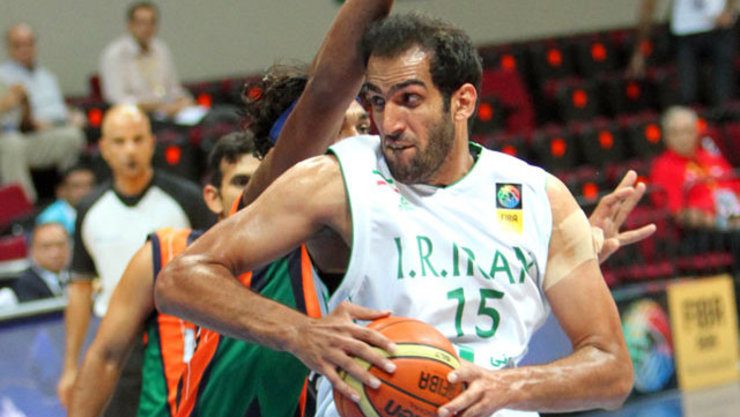
The Iranians will focus much of their offense on Haddadi, who should be the most dominant player in Wuhan. Don’t be surprised if Iran goes down to him early and often and if he ends up, once again, on the podium as a member of the All-Star Five.
| Number | First Name | Last Name | Birthday | Height | Weight | Position |
|---|---|---|---|---|---|---|
| 4 | Takumi | Ishikazi | 06/07/1984 |
6’2 | 85 | PG |
| 5 | Atsuya | Ota | 04/06/1984 | 6’9 | 112 | C |
| 6 | Takeki | Shonaka | 15/09/1984 | 5’11 | 78 | PG |
| 7 | Yusuke | Okada | 17/09/1984 |
6’1 | 81 | SG |
| 8 | Ryumo | Ono | 06/01/1988 |
6’6 | 100 | F |
| 9 | Kosuke | Kanamaru | 08/03/1989 | 6’4 | 88 | SG |
| 10 | Kosuke | Takeuchi | 29/01/1985 | 6’9 | 98 | C/F |
| 11 | Naoto | Tsuji | 08/09/1989 | 6’1 | 81 | PG |
| 12 | Makoto | Hiejima | 11/08/1990 | 6’3 | 88 | PG |
| 13 | Daiki | Tanaka | 03/09/1991 | 6’3 | 92 | SG |
| 14 | Tenkentsu | Harimoto | 08/01/1992 | 6’6 | 95 | F |
| 15 | Joji | Takeuchi | 29/01/1985 | 6’10 | 98 | F |
There are several things that should spark a renaissance of sorts for Nippon hoops. Takumi Ishizaki has returned to National Team duties after skipping Manila last year. Takeki Shonaka, likewise, makes a comeback along with veteran big man Joji Takeuchi. There’s a new coach, too — Kenji Hasegawa, a champion collegiate coach who is known in Japanese circles as a guy who puts heavy value on developing young players. He last led a Japanese national team in the 2007 World University Games where he anchored the offense on the Takeuchi twins – both of whom will be in the roster for Wuhan.
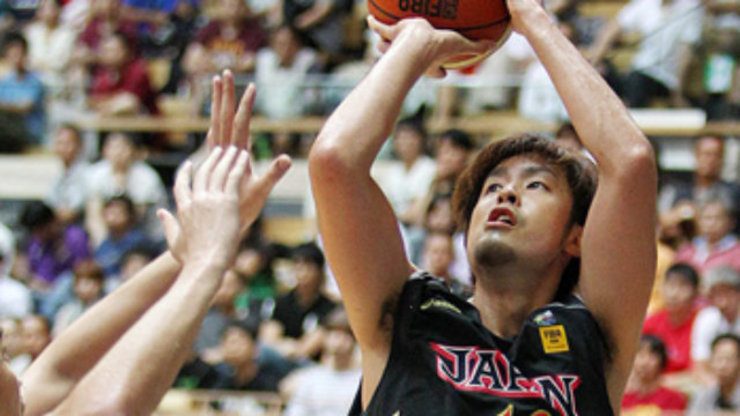
Unlike in Manila, Team Hayabusa will not utilize the services of a naturalized player. There were some rumors that former PBA import Nick Fazekas was a prime naturalization candidate, but that fell through. 6-foot-7 Japanese-American Sean Hinkley (Ichioka) also isn’t in the roster because he returned to the States to finish his studies.
This leaves the Japanese with a purely homegrown cast that lost to the Koreans in a tuneup game earlier this week, 88-56, but also bounced back against essentially the same Korean squad, 68-65, a couple of days later. Hasegawa has been known to employ a lot of pick-and-rolls, and he will probably not stray from that tactic as long as both Takeuchi twins remain healthy. Joji Takeuchi’s ankle injury, which prevented him from playing the previous FIBA Asia Cup as well as the Manila tourney, is now fully healed and he should form a deadly duo with brother Kosuke.
Aside from them, Hasegawa will lean on guys like Ishizaki and Naoto Tsuji to orchestrate, while Kosuke Kanamaru, Daiki Tanaka, and Yusuke Okada will look to score from the wings.
The Japanese should advance to the quarterfinals and have a fair shot of finishing in the top four. – Rappler.com
Add a comment
How does this make you feel?
There are no comments yet. Add your comment to start the conversation.